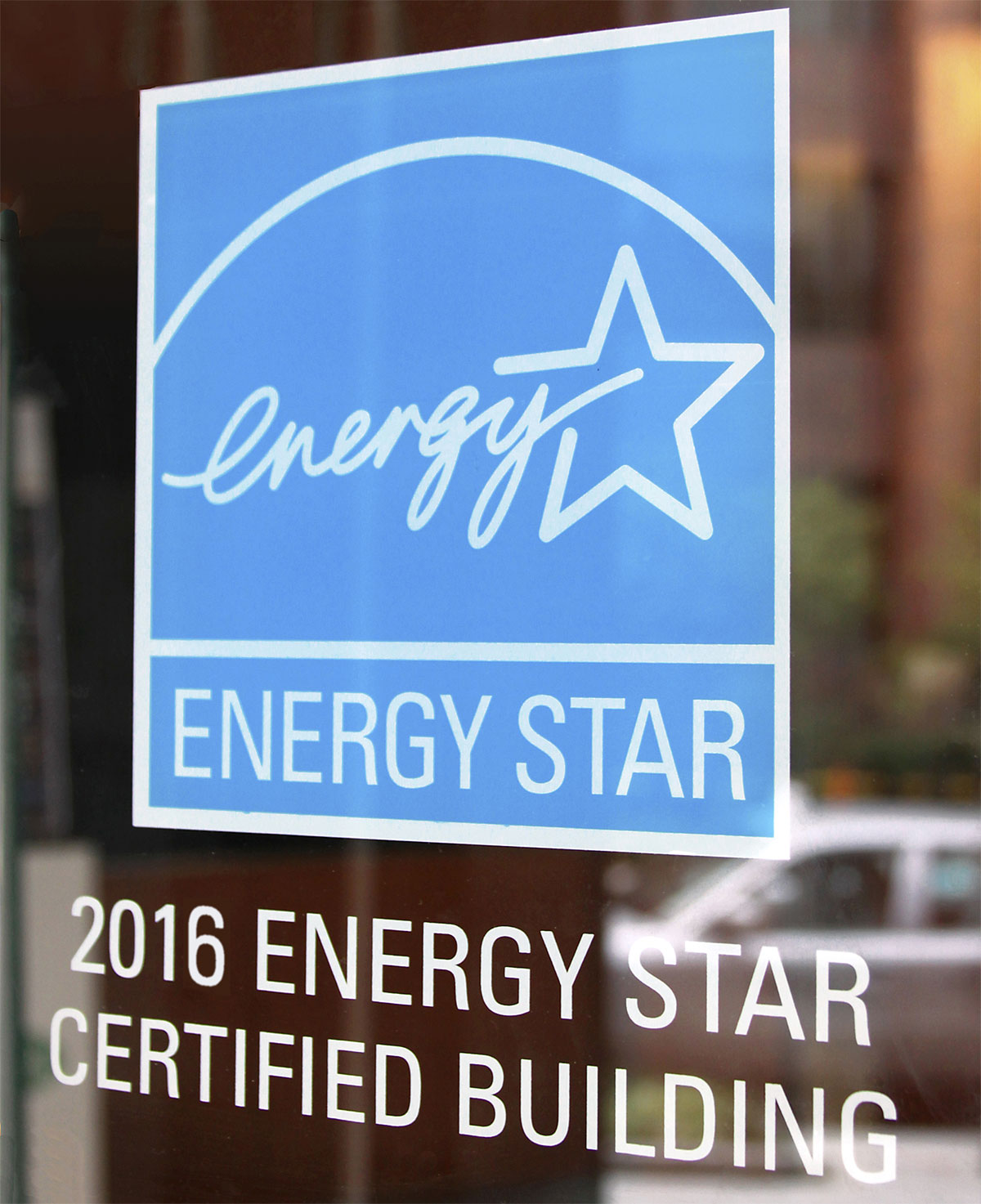
The U.S. Environmental Protection Agency (EPA) introduced the ENERGY STAR program in 1992 and described it as “a voluntary labeling program designed to identify and promote energy-efficient products to reduce greenhouse gas emissions.”[i]
Over the past 25 years, the ENERGY STAR label – recognized by more than 90% of Americans –
has progressed from computers and monitors to most major appliances and office equipment, lighting, homes, and commercial and industrial facilities.
And, according to the EPA, the ENERGY STAR program has resulted in utility bill savings of $362 billion and reduced GHG emissions by 2.4 billion metric tons.[ii]
EnergyCAP’s interface to ENERGY STAR’s Portfolio Manager application was launched in 2009. We have since been named an ENERGY STAR Partner of Year five times – the only software developer to achieve that honor. In 2016, more than 7,850 properties received ENERGY STAR benchmark ratings via EnergyCAP, and 802 EnergyCAP-submitted properties have received ENERGY STAR certifications by achieving a verified benchmark score of 75 or above. That’s more than 2.3 times the number of certified properties from the next closest automated submission vendor.
Our commitment to the ENERGY STAR program has been strong, and hundreds of our customer organizations rely on EnergyCAP for ENERGY STAR submissions, voluntarily and to meet local government mandates. But, earlier this month, it was announced that potential federal budget cuts could bring an end to many EPA programs and services, including the ENERGY STAR program. The news was shared by and discussed within numerous media outlets, some providing strong opinions:
E&E News
White House plans to ‘close out’ Energy Star, other programs
(Emily Holden, March 6, 2017)
A preliminary budget proposal from the White House would eliminate federal leadership of Energy Star, a popular voluntary program for companies to seek labels for energy-efficient consumer products and appliances.
A spending blueprint would slash Energy Star and related programs, leaving $5 million “for the closeout or transfer of all the climate protection voluntary partnership programs,” noting that achieving that might require changes to authorizing legislation from Congress…
The Washington Post
The Energy Star program is good for the climate and the economy. Trump wants to kill it anyway.
(Chelsea Harvey, March 7,2017)
A new White House proposal would slash the Environmental Protection Agency’s budget by 24 percent and eliminate 38 of its programs. One of the programs on the kill list is the Energy Star program, an initiative that experts say is as much about saving money as it is about saving the climate. Should it be eliminated, they argue, both consumers and businesses could suffer…
The Hill
Trump EPA budget plan taking aim at climate, clean-up accounts: report
(Devin Henry, March 1, 2017)
President Trump is considering a 24 percent reduction in the EPA’s $8.1 billion budget, with programs on the chopping block including grants for clean-up work at brownfields industrial waste sites, the Energy Star energy efficiency program…
Some EnergyCAP users have asked us if we know what the future holds for the ENERGY STAR program. Unfortunately, all we know at this point is that the federal budgeting process has just begun, and many discussions and negotiations will take place before a final budget is in place. We would like to hear your thoughts and opinions:
- Should the federal government de-fund the ENERGY STAR program?
- If ENERGY STAR program funding is cut, what will happen to it?
- Will a privatized version be more or less successful?
Please take a few minutes to submit your insights and opinions below via a Comment.
NOTE: Today’s blog is provided for informational purposes from a nonpartisan viewpoint of the ENERGY STAR program and the EPA. We feel this topic is relevant to our blog subscribers and EnergyCAP users, especially organizations that are currently mandated to submit data to ENERGY STAR. As such, we encourage open, professional dialogue on the subject.
[i] www.energystar.gov
[ii] Ibid.
 Best-in-class portfolio-level energy and utility bill data management and reporting.
Best-in-class portfolio-level energy and utility bill data management and reporting.
 Real-time energy and sustainability analytics for high-performance, net-zero buildings.
Real-time energy and sustainability analytics for high-performance, net-zero buildings.
 A holistic view of financial-grade scope 1, 2, and 3 carbon emissions data across your entire business.
A holistic view of financial-grade scope 1, 2, and 3 carbon emissions data across your entire business.
 Energy and sustainability benchmarking compliance software designed for utilities.
Energy and sustainability benchmarking compliance software designed for utilities.



